In modern cars, gearbox is a vital part, which directly affects the driving experience and fuel economy of vehicles. This paper will analyze in detail the working principles, advantages and disadvantages and applicable scenarios of three mainstream automatic gearboxes-AT (automatic gearbox), DCT (dual clutch gearbox) and CVT (continuously variable gearbox).
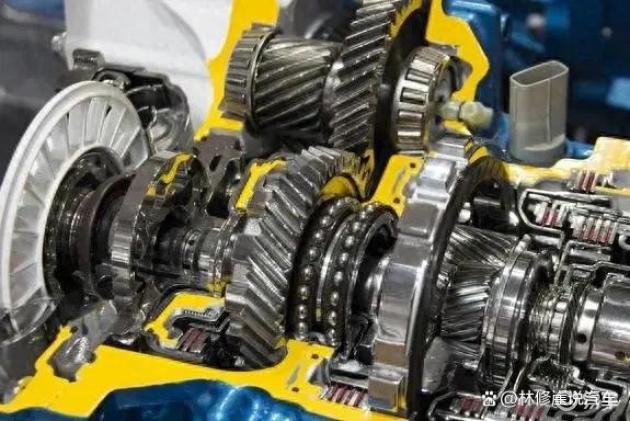
Working principle: AT gearbox realizes the switching of different gears through planetary gear sets and hydraulic torque converter. Its core lies in the use of hydraulic system to control the combination and separation of multiple clutches and brakes, so as to realize smooth gear shifting.
Advantages:
High reliability: because the transmission part mainly depends on gear meshing, the structure is stable and the failure rate is low.
Smooth shifting: The use of hydraulic torque converter makes the shifting process very smooth and the driving experience comfortable.
Sensitive response: it can quickly respond to the driver’s acceleration demand and provide good power output.
Disadvantages:
Higher fuel consumption: The early AT gearbox had higher fuel consumption because the torque converter was not locked. However, the modern AT gearbox has greatly improved this problem by improving the locking range and frequency.
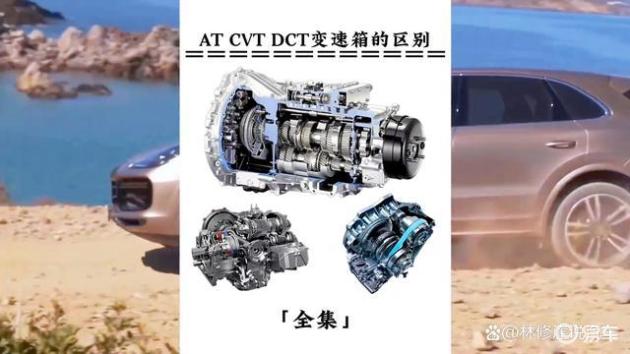
Applicable scene: suitable for daily driving and long-distance travel, especially for drivers who pursue comfort.
Working principle: DCT gearbox consists of two independent clutch systems, one for odd gears and the other for even gears. When shifting gears, fast shifting can be realized by hanging the next gear in advance and switching the clutch.
Advantages:
Fast shifting speed: due to pre-shifting and clutch switching, the shifting process is almost seamless.
Direct power transmission: no hydraulic torque converter, high power transmission efficiency, driving experience close to manual gearbox.
Low fuel consumption: because the clutch is in a fully engaged state most of the time, the power loss is reduced.
Disadvantages:
Overheating problem: dry dual-clutch gearbox is easy to overheat when shifting gears frequently or crawling at low speed, while wet dual-clutch is cooled by gearbox oil, which improves this problem.
Application scenario: Suitable for vehicles that pursue driving pleasure and performance, such as sports cars and some performance cars.
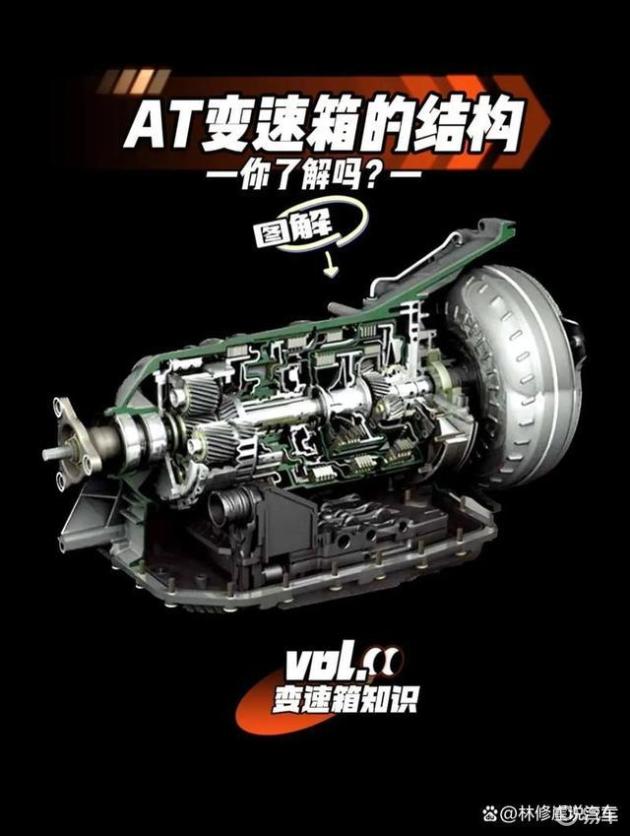
Working principle: CVT gearbox realizes stepless speed change by changing the diameter ratio of two bevel wheels, and the transmission process is continuous and smooth.
Advantages:
Good ride comfort: there is no obvious setback during shifting, and the driving experience is very smooth.
High fuel economy: it can make the engine work in the best efficiency range and reduce fuel consumption.
Disadvantages:
Poor durability: Because the power is transmitted by friction between the steel belt and the bevel wheel, long-term and high-load work will easily lead to wear and slip.
Slow response speed: When accelerating or decelerating rapidly, the response speed of CVT gearbox is slow, which is not suitable for intense driving.
Application scenario: suitable for daily household use and gentle driving, not suitable for large vehicles or sports vehicles.
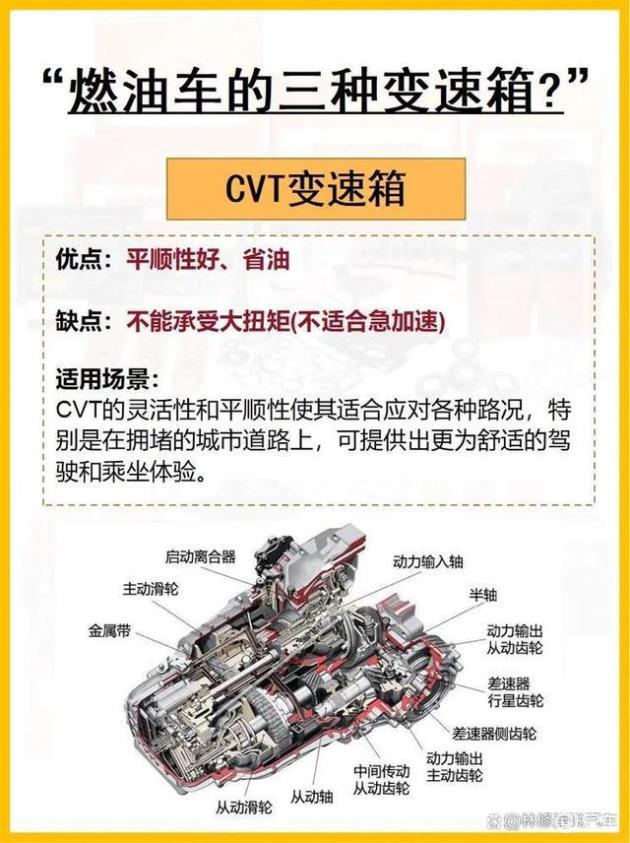
Through the detailed analysis of AT, DCT and CVT gearboxes, I hope it can help you better understand their characteristics and applicable scenarios, so as to make a more informed choice when buying a car.
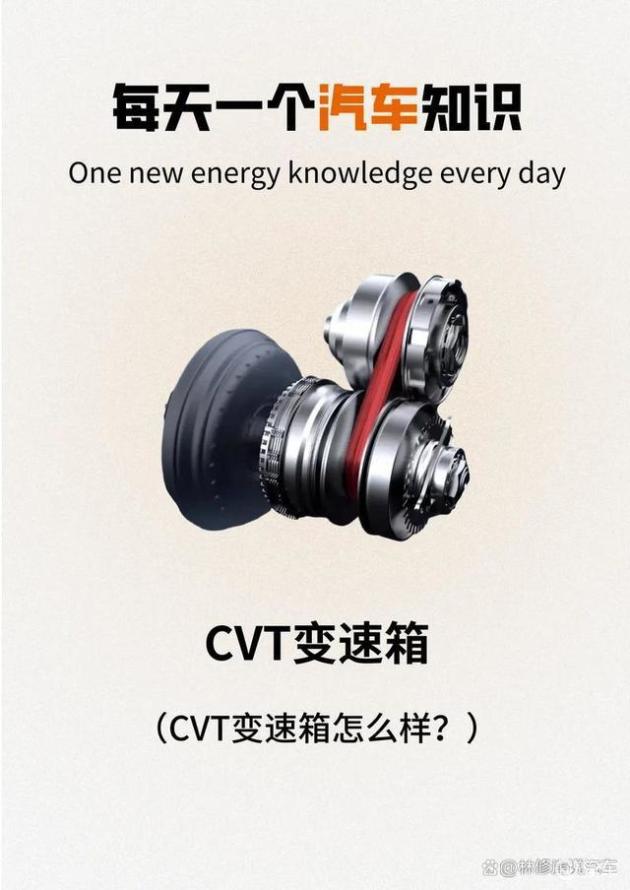
关于作者